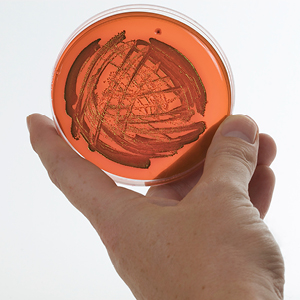Last month, industry finally got some recognition for its efforts to control E. coli O157:H7. CDC issued its final Healthy People 2010 Report. The goal of Healthy People 2010 was to reduce by 50% the incidence of foodborne illnesses caused by certain pathogens. This was only met for one pathogen, E. coli O157:H7. The 2010 goal was met overall, and in 2004, 2009 and 2010. CDC included industry efforts as contributing factors in this reduction: “cleaner slaughter methods, microbial testing and better inspections in ground-beef processing plants.”

|
The entire report is at: http://1.usa.gov/mTqovy. So to each and every person in the beef industry, I wish to extend my sincere congratulations and thanks. It truly took a team effort to have achieved this reduction on a raw product.
Now it seems we must prove ourselves all over again. CDC set the Healthy People 2020 goal for E. coli O157:H7 at 0.6 illnesses per 100,000 — 40% less than the 2010 goal of 1.0 illnesses. In addition, CDC flagged Salmonella as a pathogen of special concern: “Less progress has been made with most other infections, especially Salmonella.”
The question is, how do we achieve a 40% reduction in E. coli O157:H7 and reduce Salmonella? There are a few low-hanging fruits.
n Some gains can be made through improved implementation (one emerging “technology” is video-
monitoring systems at slaughter to improve employee line performance).
n More (if not all) slaughter establishments conducting 100% testing using a robust sampling/laboratory method to provide feedback for the system. A true N-60 is still the gold standard.
n Aggressive “event” policies to deal with those infrequent situations when the incoming load exceeds the capability of the system or when there is a system failure.
All that said, to meet the Healthy People 2020 goals, we need to focus on the live side. We have to minimize the presence of E. coli O157:H7 and Salmonella on the animals that come to the slaughter plant. That is going to require more stakeholders than simply FSIS and the beef-slaughter/processing industry. Ranchers, veterinarians, FDA, ARS, APHIS and who knows who else has to be involved. Other industries need to be engaged as well. Neither of these pathogens is limited to beef.
It will not be easy, but if we don’t start now, it will be hard to achieve the goal we need to meet in 2020.



